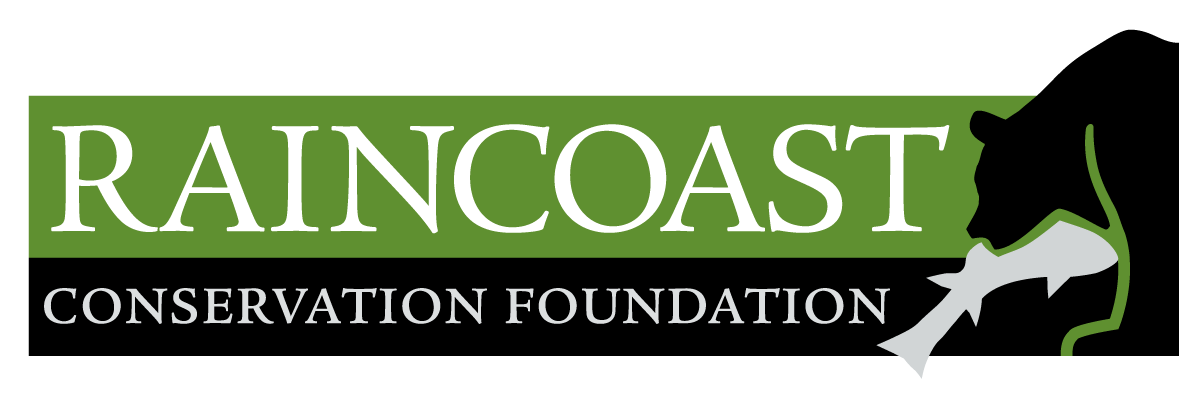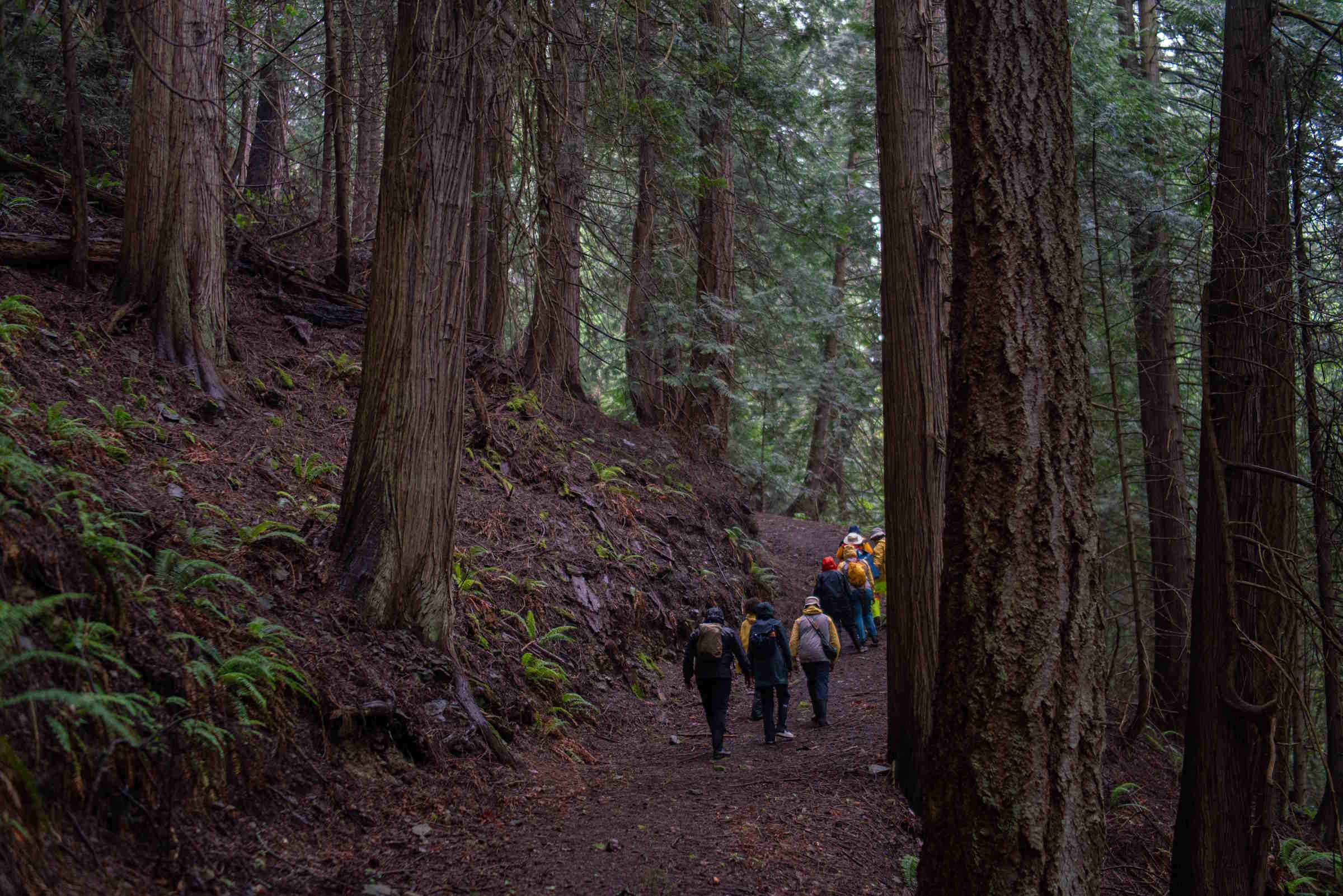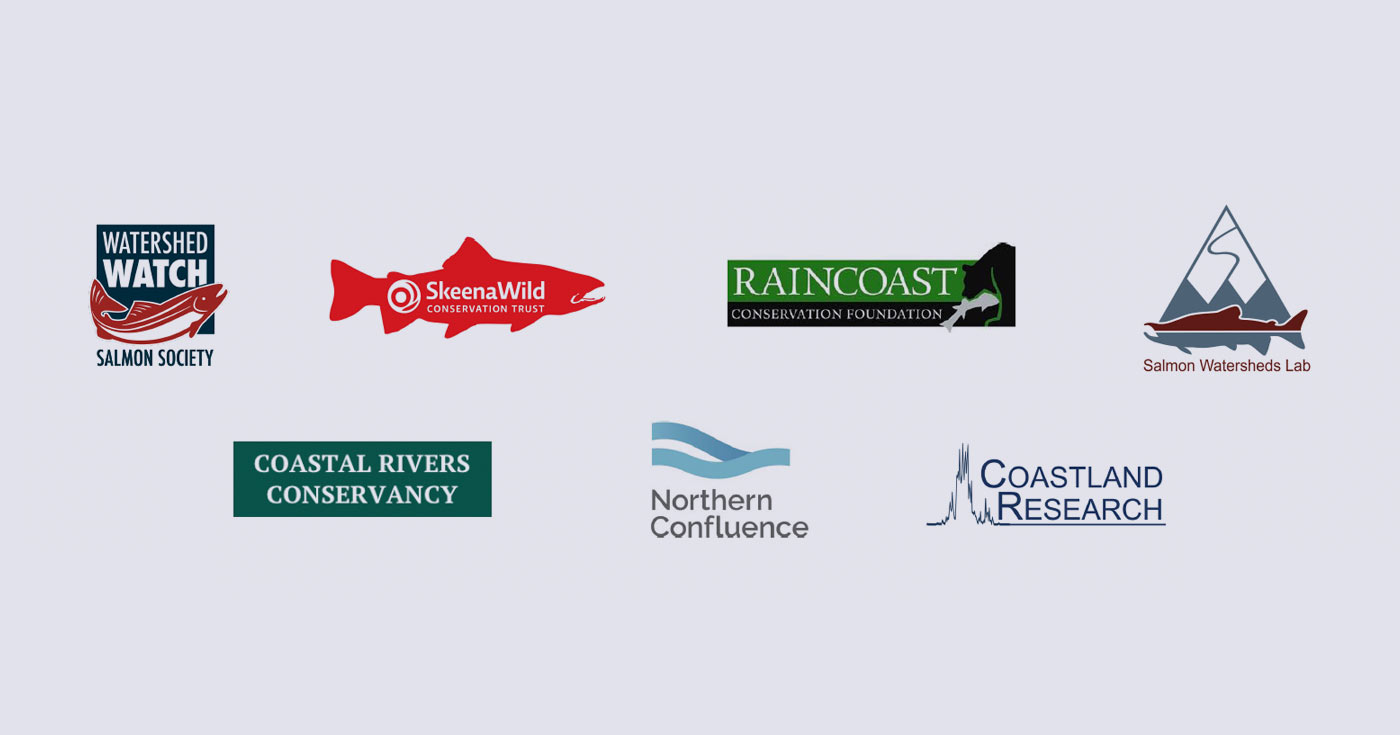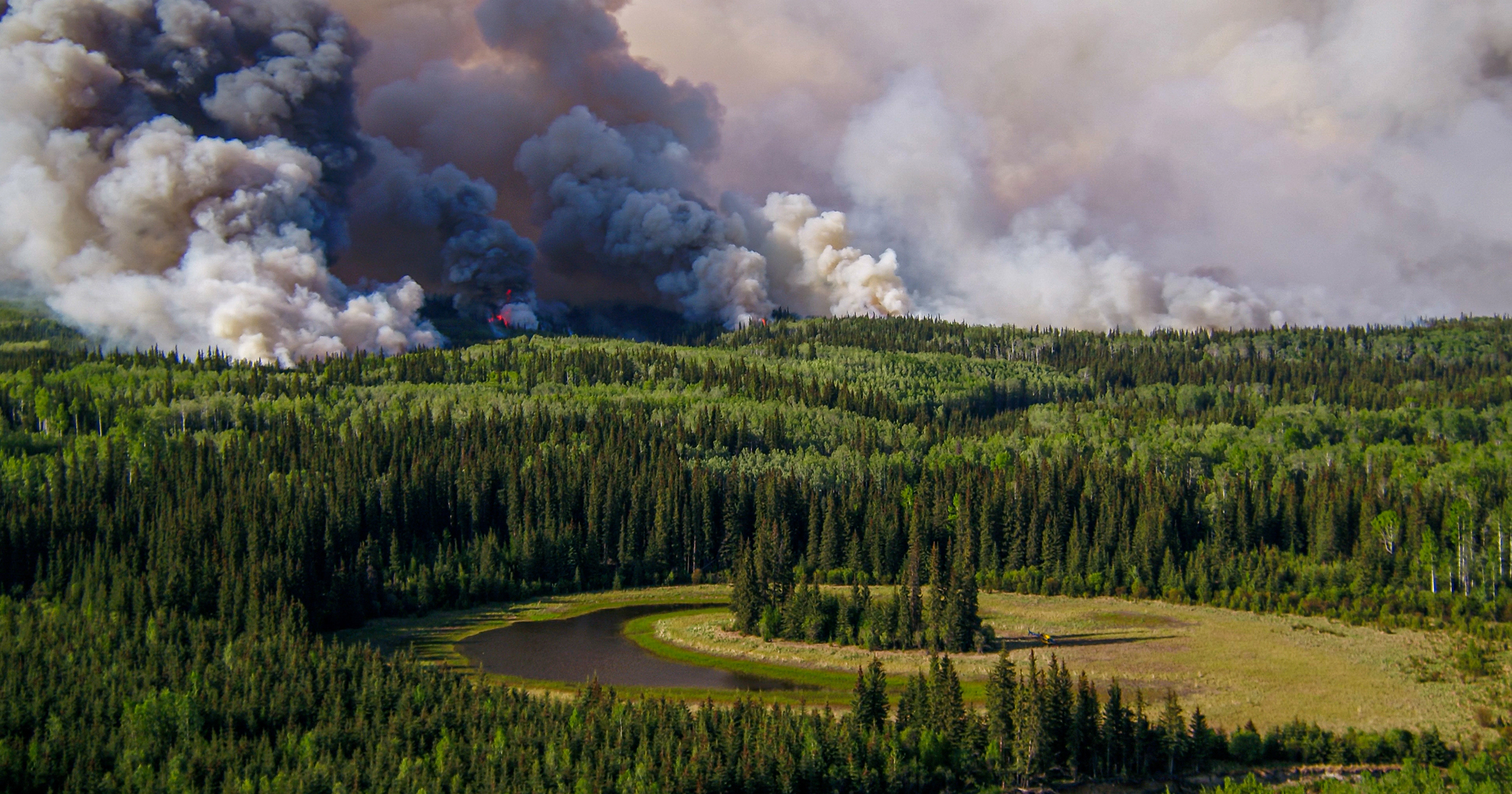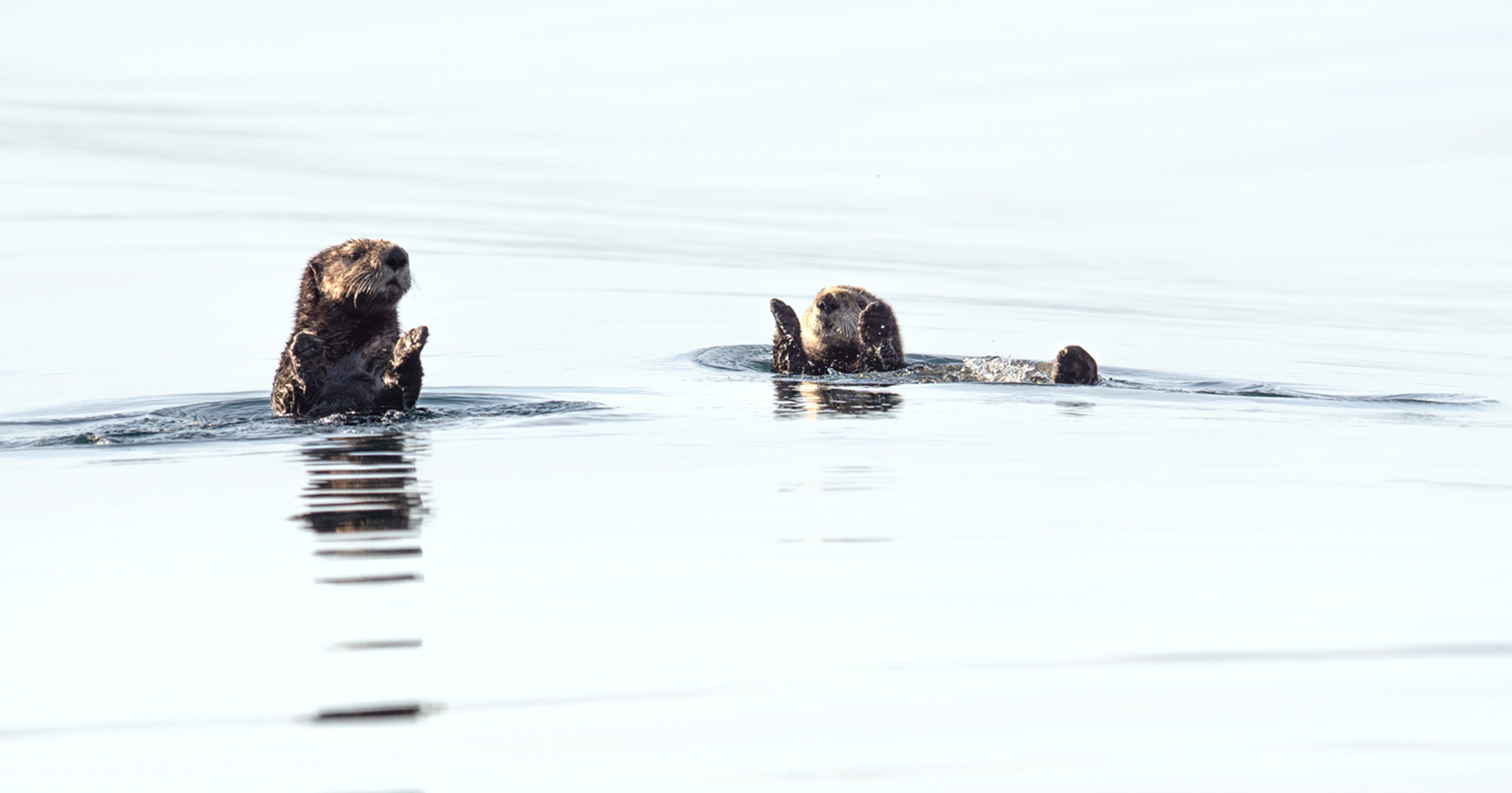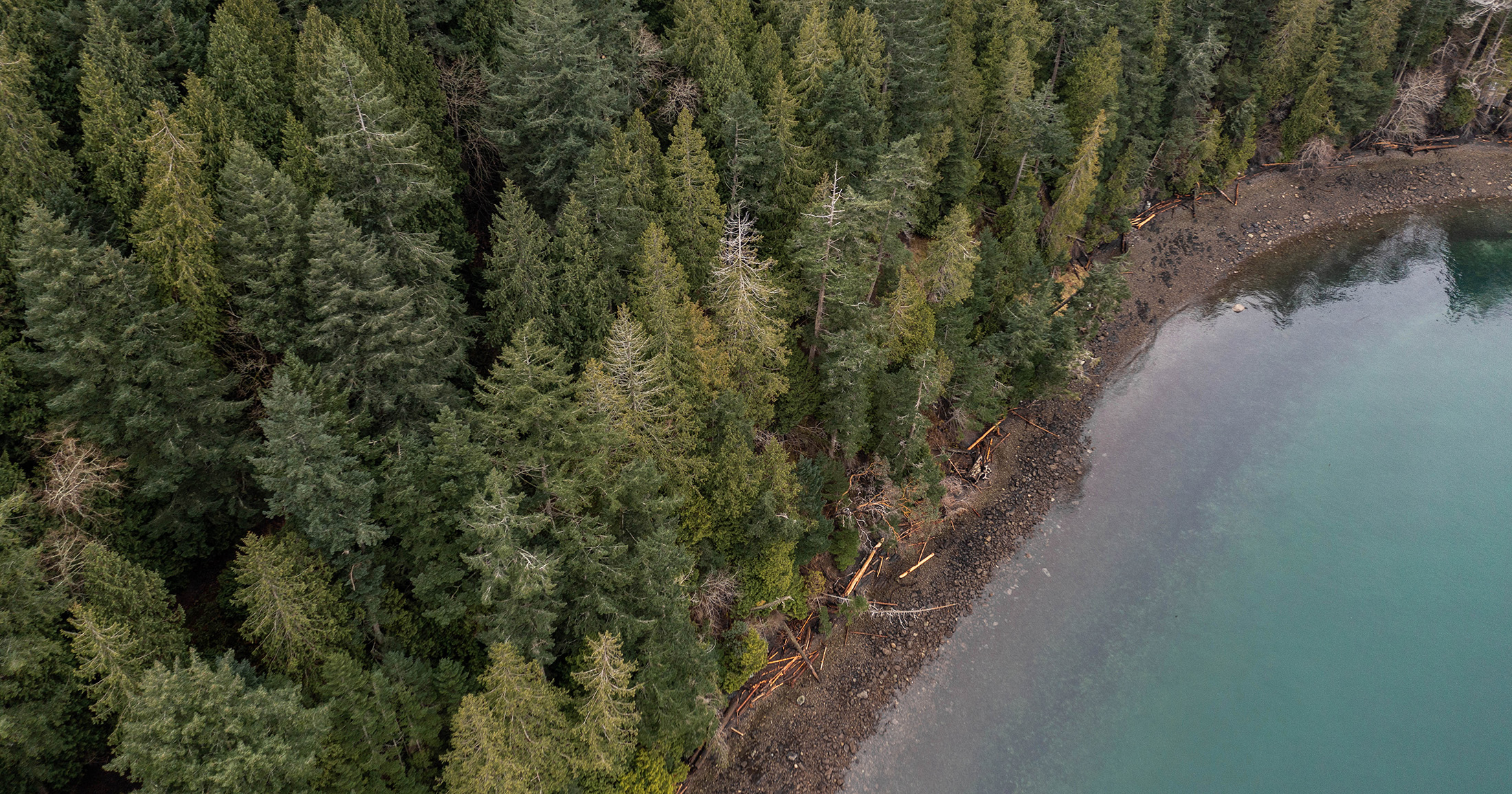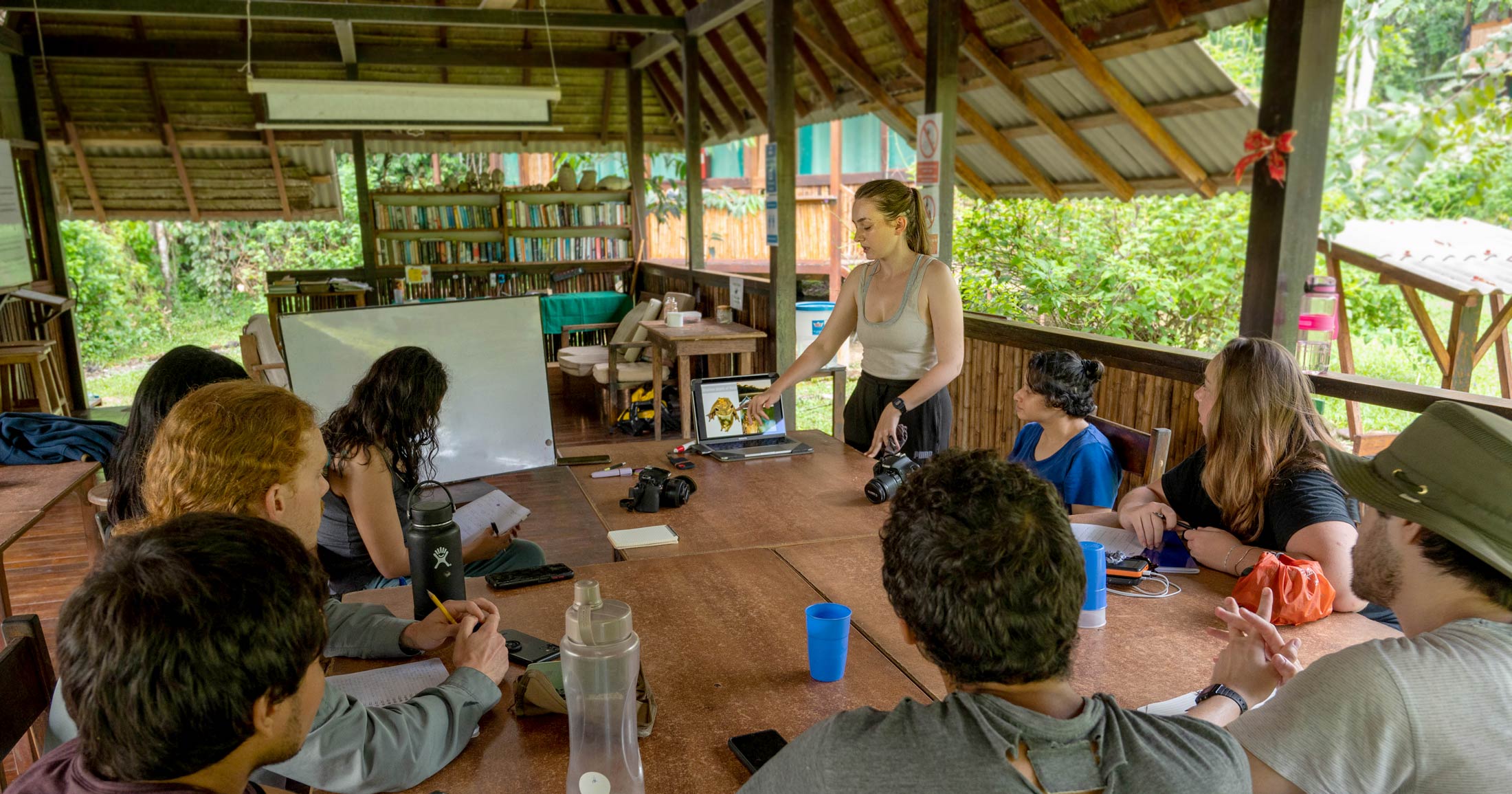Cetacean Health: using imagery to understand the health of killer whales
Photo by Lance Barrett-Lennard / Ocean Wise.
Our annual monitoring program, in collaboration with OceanWise Research, assesses the health of whales. Every year we take aerial photos of individually identified resident killer whales with small, minimally invasive drones, and use photogrammetry to accurately measure the whales’ body condition and growth rates, and determine whether they are pregnant. Our measurements provide a direct indication of the whales’ nutritional status and allow us to draw reliable inferences about their overall health. The value of this research is that it allows us to assess the impact of salmon abundance–which is strongly influenced by human fisheries–on the whale’s reproduction and survival.
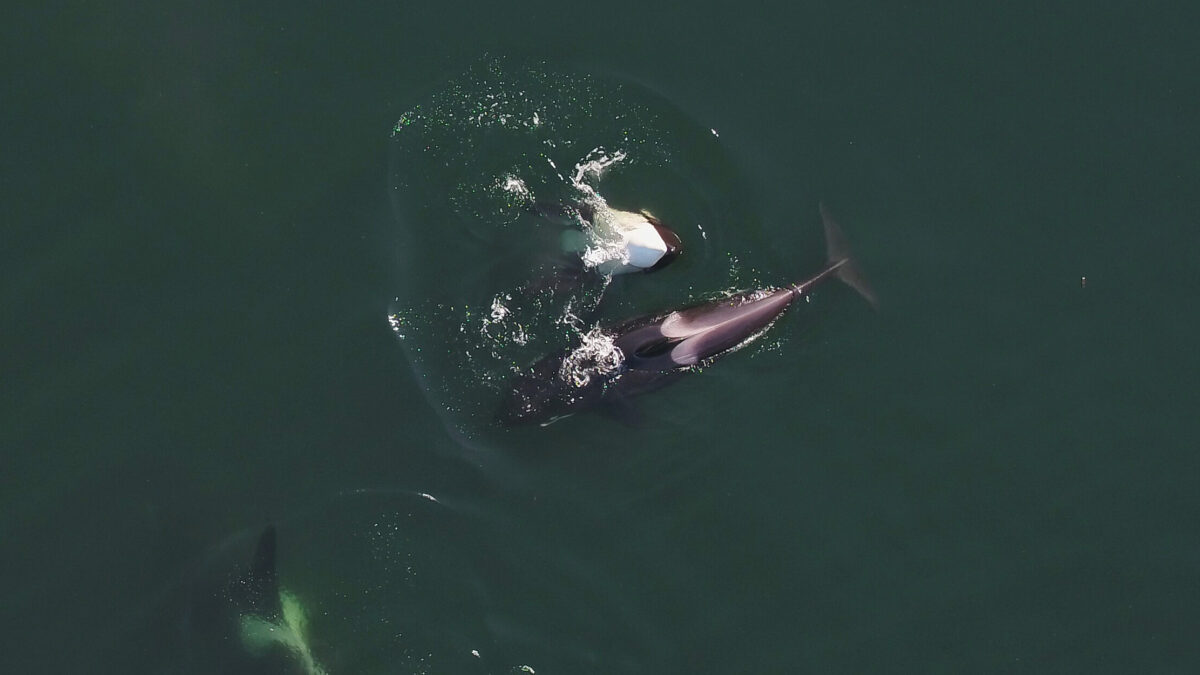
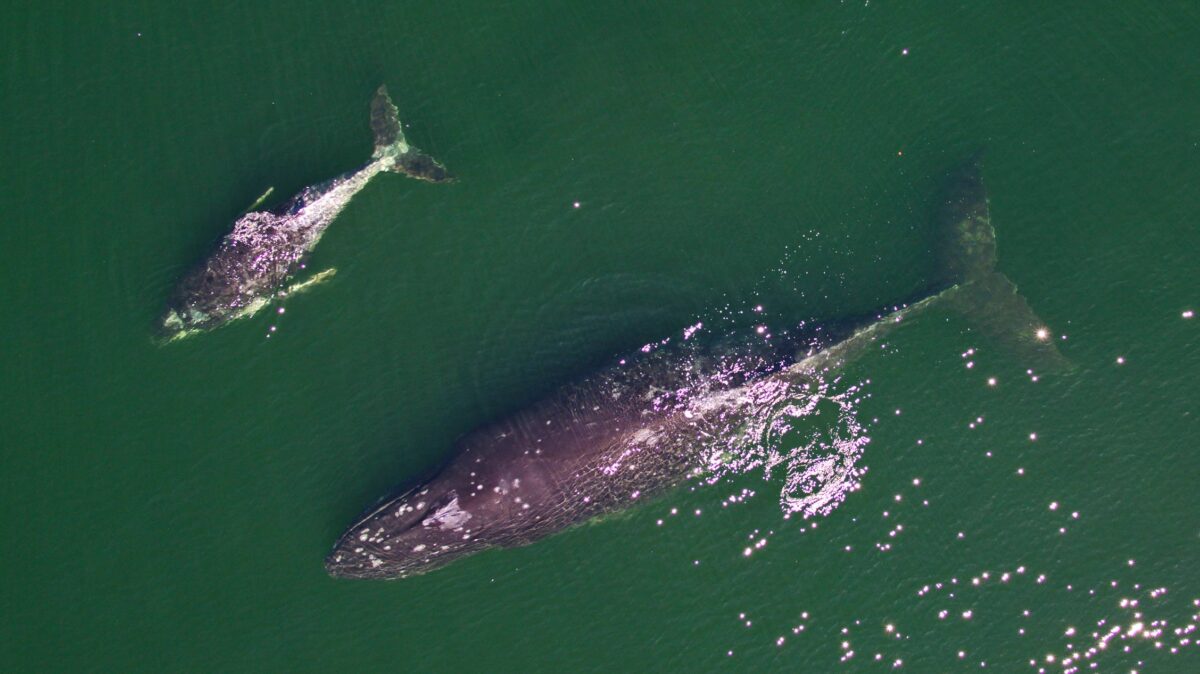
Applied research
Findings from the photogrammetry research thus far helped motivate increased restrictions on sport and commercial fisheries in Canada, as well as the creation of sanctuary zones where the whales can forage without disturbance by boats. It also provided valuable insights into Chinook stocks of greatest importance to Southern Residents—an analysis we plan to begin shortly with Northern Residents. The time series of body condition measurements on both populations becomes more valuable with each passing year.
Project history
In 2014, Lance Barrett-Lennard worked with Washington-based research colleagues, Drs. John Durban and Holly Fearnbach, to develop a photogrammetry-based method of assessing the body condition of killer whales using aerial photographs from minimally invasive, boat launched drones. The study was a key recommendation of a US/Canadian panel attempting to assess the impact of salmon fisheries on Southern Resident killer whales.
The project grew into an annual monitoring program, monitoring Northern and Southern Resident killer whales and Bigg’s killer whales opportunistically. Comparing the two populations, one in perilous condition and the other recovering, has helped make it possible and practical to determine when killer whales are nutritionally stressed, and to assess the impacts of such stress on survival and reproduction.
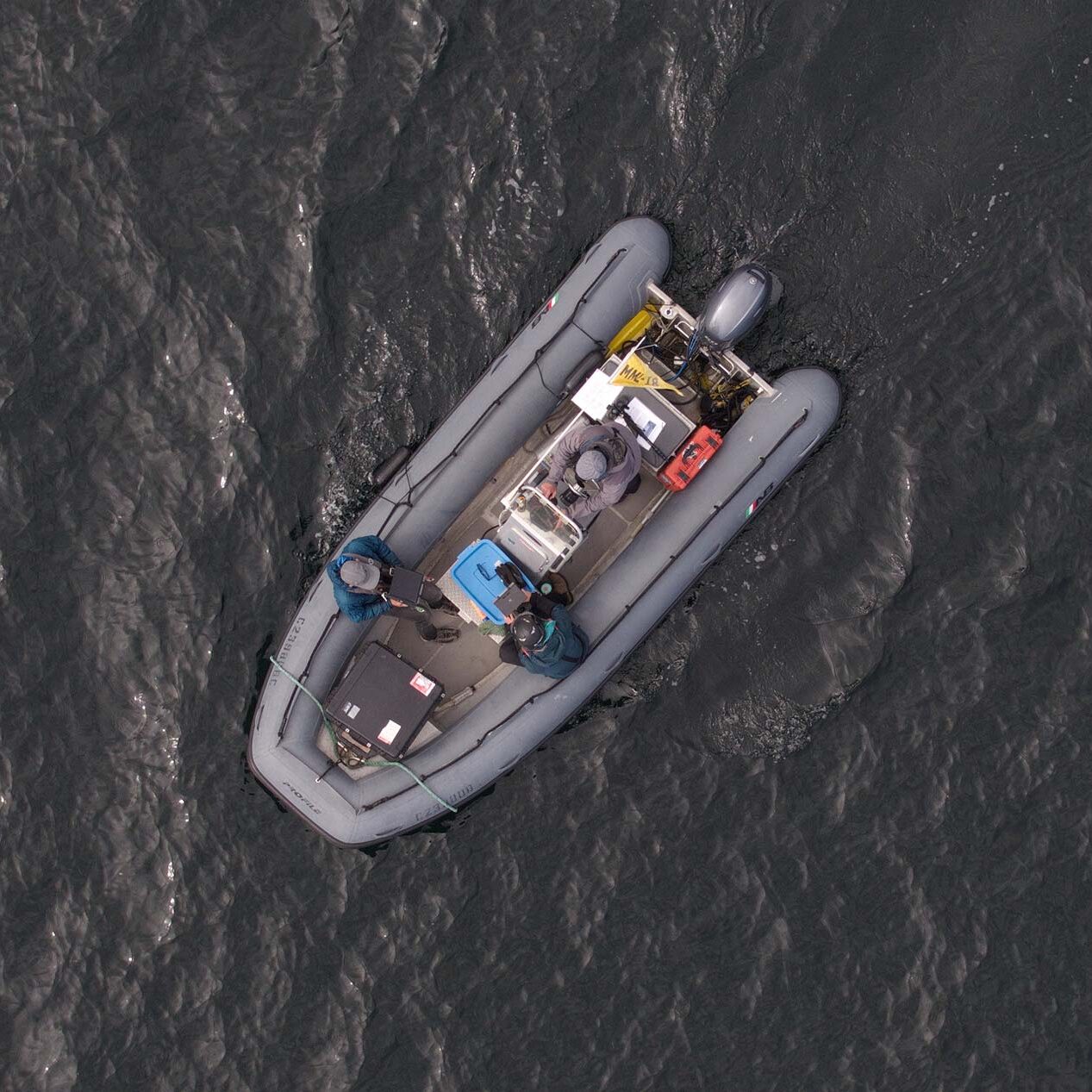
Recent articles
Introducing the Land Healing Stewards Initiative
As Raincoast’s on-the-ground work, community engagement, and collaborations are key…
Letter to The Honourable Joanne Thompson
Subject: Urgent need to reinstate charter patrolmen contracts for 2025.
Psst… We have an events calendar
Webinars, talks, meetups, oh my! Check out the latest happenings…
Where this flag flies, salmon have allies
Join Raincoast, Pacific Salmon Foundation, and more in celebrating these…
Upcoming webinar: When Fire Meets Water
We’re talking with experts about healthy watersheds as a solution…
Nominations for the 2025 Raincoast Ocean Science Awards are now open
Four awards celebrating ocean science in Canada, one epic evening!
International Day for Biological Diversity 2025
Reflecting on how we protect biodiversity and build harmony with…
Meet Nicole Van Zutphen, Raincoast’s new Communications Manager
Nicole has joined Raincoast to lead our communications team.
